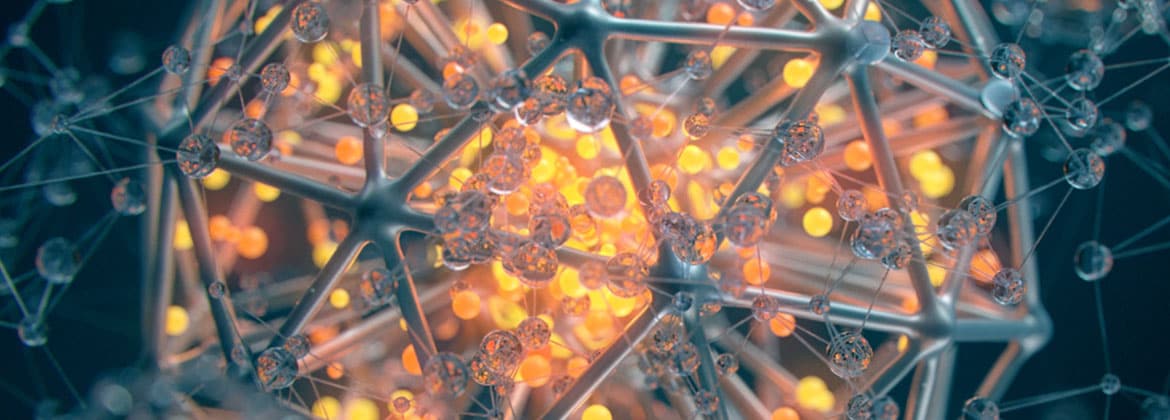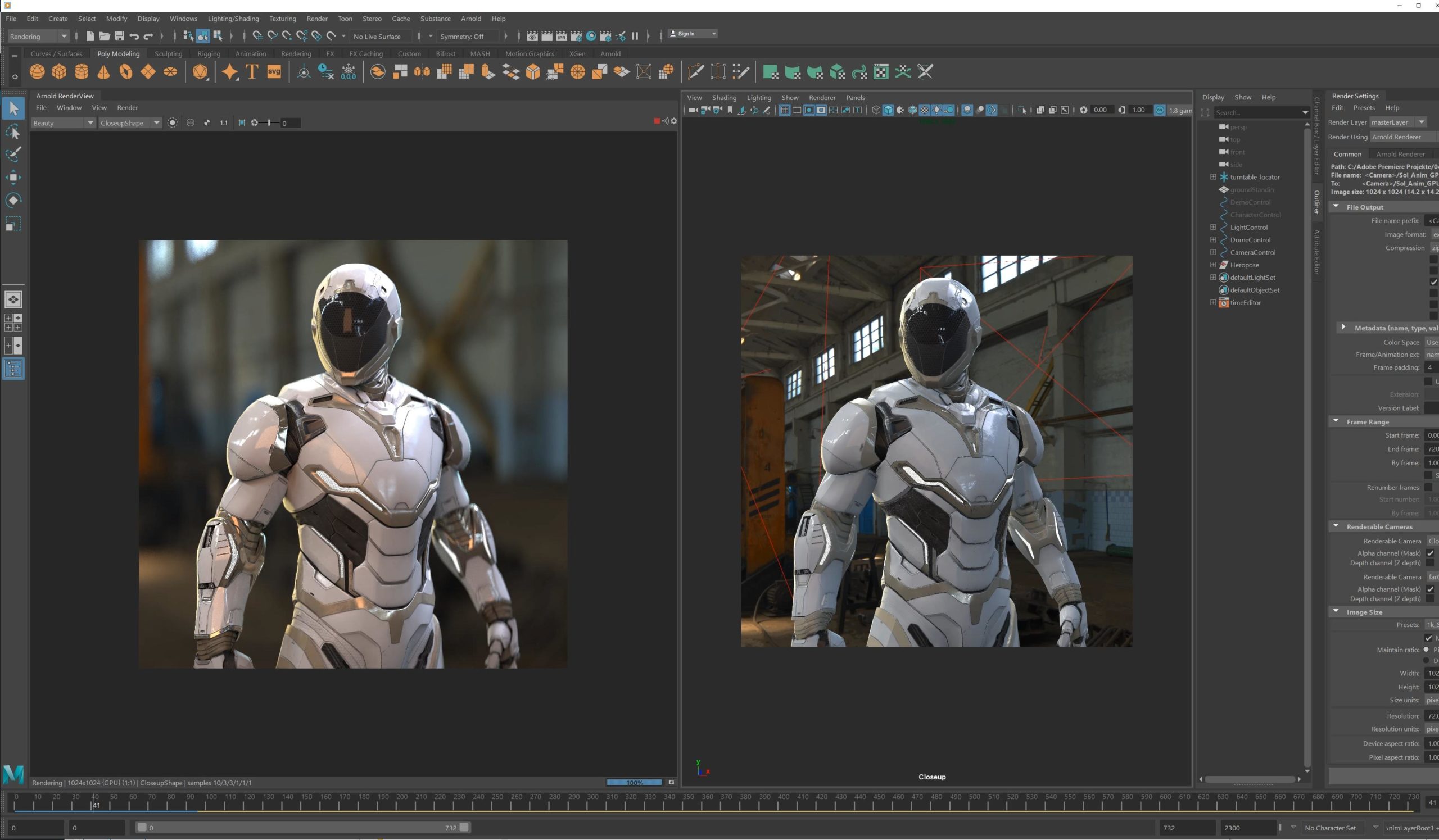

Moreover, Maya–including Bifrost and Arnold for Maya–now runs natively on Apple Silicon.įinally, Autodesk is partnering with Adobe to bring Autodesk Standard Surface and Adobe Standard Material into one new material model that can be used across product portfolios and adopted by the wider industry. Bifrost, Maya’s visual programming environment, has had a complete overhaul of viewport volume rendering, using NanoVTT technology, as well as MPM Gel, a new capability that simulates substances such as soft-serve ice cream. With a modern, node-based environment, this enables artists to author a variety of materials like USDShade, Material X, and Arnold that can then be used by other artists across multiple projects.įor 3ds Max, there is a new Boolean modifier that allows the production of clean geometry, and updates to the Array modifier help create beautiful, nature-like scenes, procedurally.įor Maya, there are redesigned animation tools, and updates to Retopologize and the Boolean toolset. This includes LookDevX, a new agnostic material editor in Maya, standardizes material workflows, allowing artists to create complex shading networks that can be shared freely and accurately throughout studio pipelines. In addition, Autodesk has a host of other updates for Maya, as well as 3ds Max, Bifrost, and Arnold, further open standards and bolster artist-driven animation, modeling, and simulation workflows. The private beta launches on 5 April, and applications are here. For example, you can ask to copy an object, increase its size by 25%, or add a camera and aim it anywhere.

The product allows artists to automatically manipulate scenes using natural language text prompts directly in Maya. Autodesk has revealed a host of updates for its media and entertainment proucts, among them a private beta version of an AI assist tool for Maya developed with Microsoft.Ĭalled Maya Assist, it provides a new way of interacting with Maya scene data using Microsoft’s Azure OpenAI Service.


 0 kommentar(er)
0 kommentar(er)
